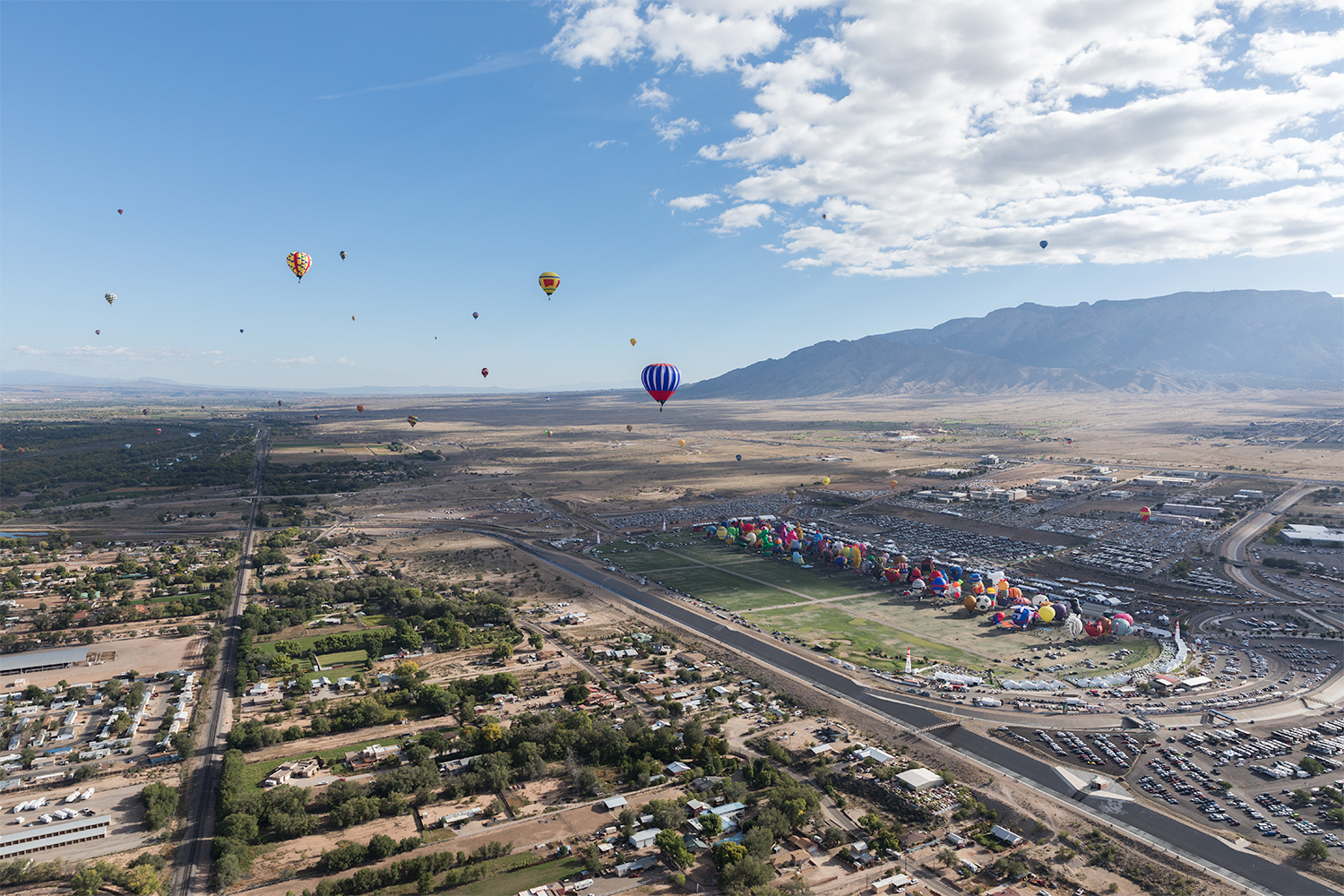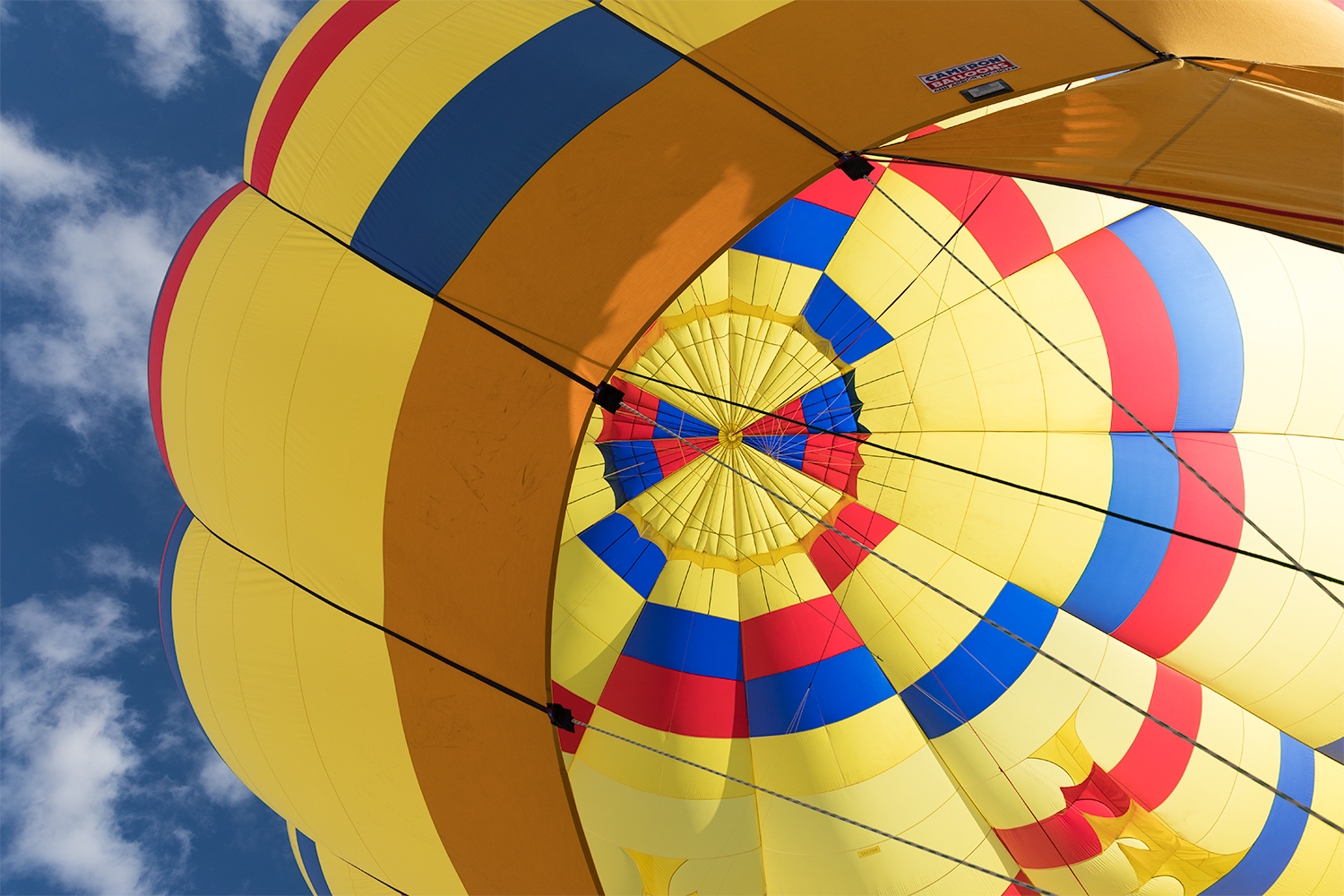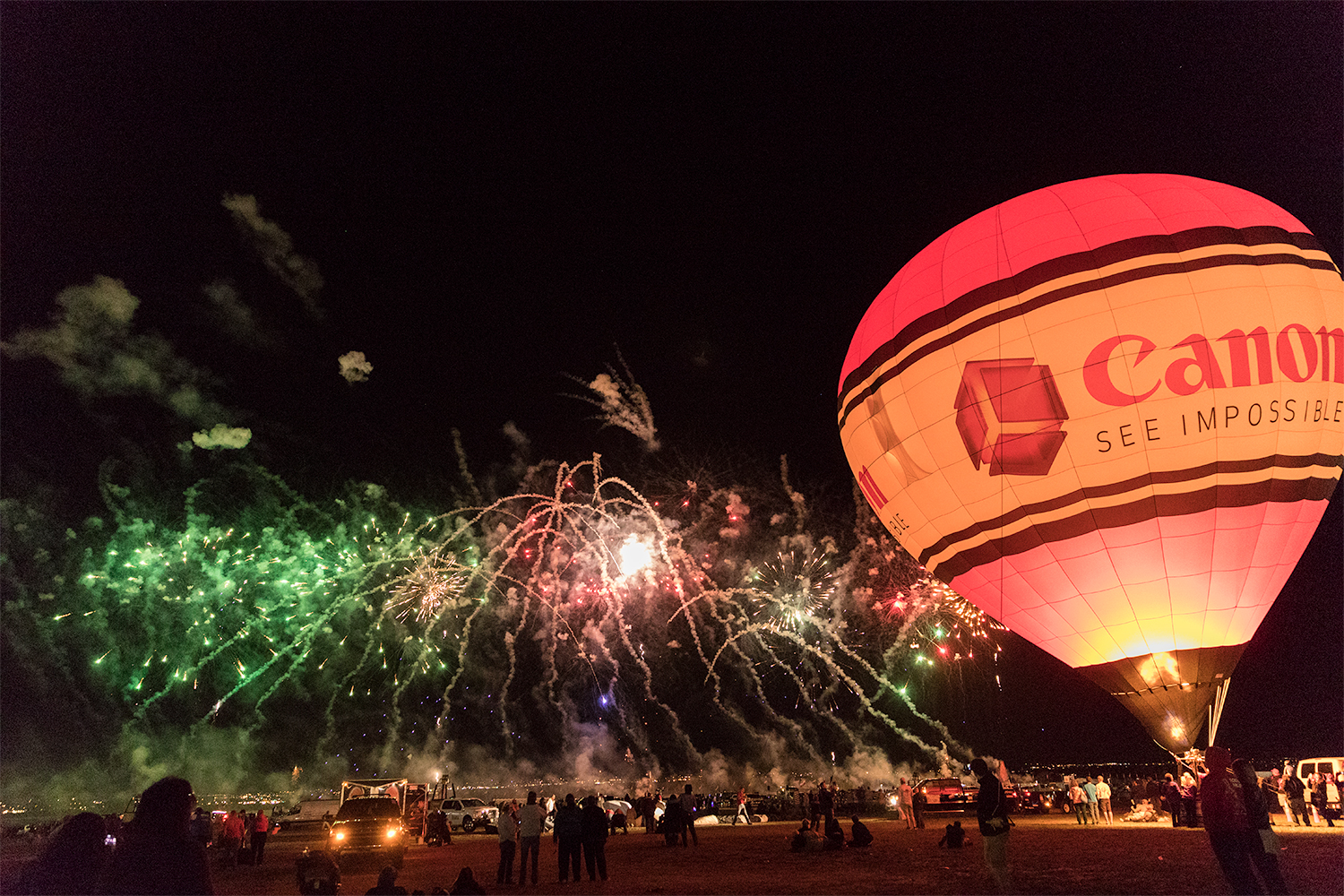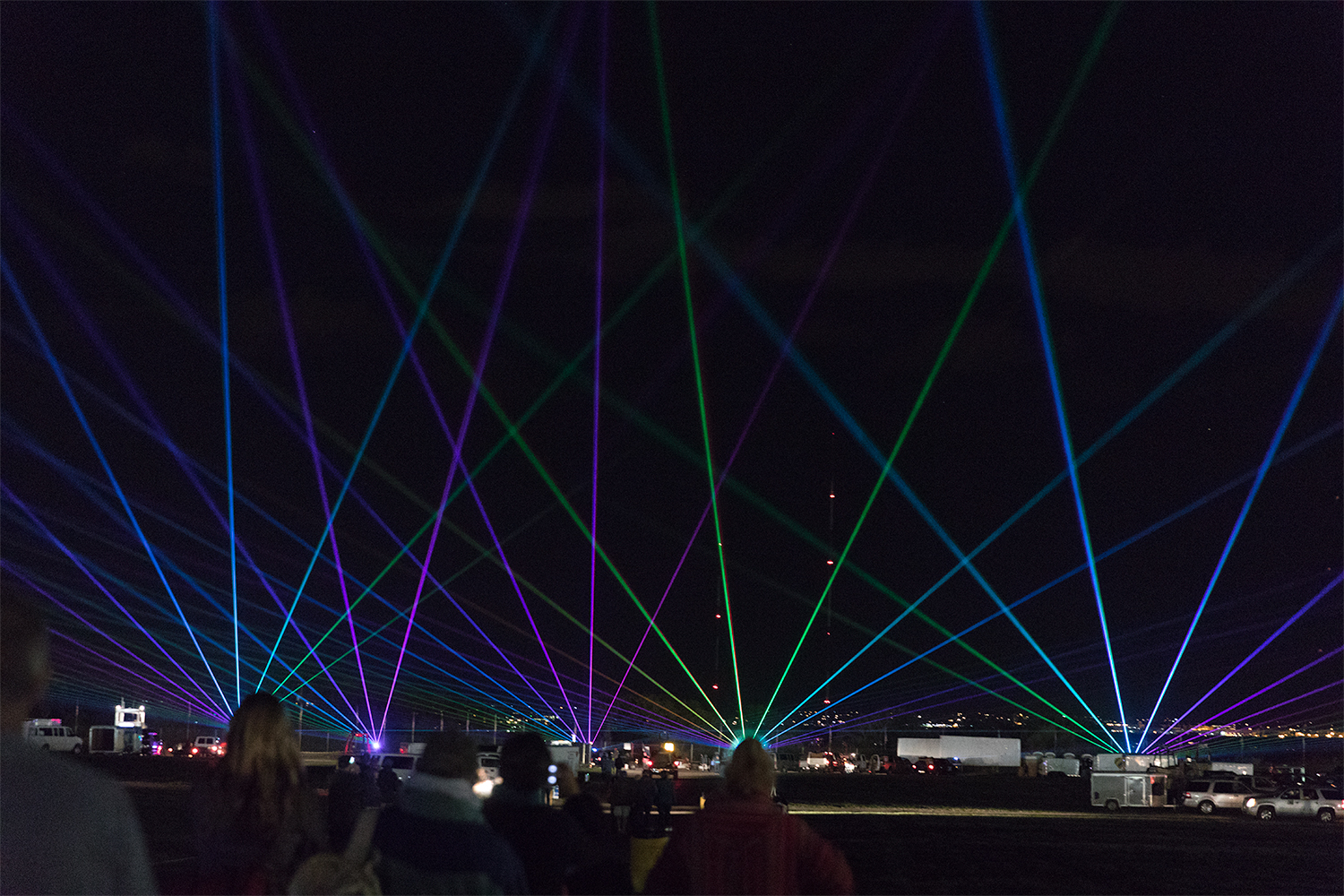- Very high-quality 30.4MP stills
- Dual Pixel AF is a game changer for video
- Superior high ISO capability
- 7 fps continuous shooting
- Improved 61-point AF system
- Severely cropped 4K video
- HDMI-out limited to 1080p
- No tilt screen
Canon may not always be the first to introduce the latest in camera tech, but it’s good at one thing: steadily turning out products that do what they’re supposed to, which is to take good photos and videos. After all, it’s the number-one seller of interchangeable lens cameras. The new EOS 5D Mark IV ($3,499, body only) is no different, the latest iteration of the much-loved, full-frame 5D-series. Although Canon’s slow-and-steady approach to innovation is nothing new, the Mark IV has been a long time coming – four years after its successor, the EOS 5D Mark III, which is long even by Canon’s standards.
The 5D-series finally gets 4K video capture, as well as Canon’s highly praised Dual Pixel AF technology for fast video focusing. It also has a souped-up sensor and image processor. So, was it worth the wait? This excellent performer will dazzle those looking for a versatile DSLR, particularly Canon users stepping up to their first full-frame camera, but video pros may be left wanting more.
Design, features, usability
The EOS 5D Mark IV looks very similar to the Mark III: an all-black body (5.9 x 4.6 x 3 inches) with a faux-leather texture surface and a substantial grip. It is a big and bulky camera, but, for a full-frame camera, it is actually very comfortable with a well-balanced feel – even with our test lens attached, the rather long Canon EF 24-105mm f/4 IS II USM stabilized zoom. If you’re stepping up from the entry-level Rebel series you’ll notice the size difference.
With 30.4 megapixels, you can crop to your heart’s content or make massive prints.
As for weight, the Mark IV is slightly lighter than the Mark III, at 31.4 ounces versus 33.5, respectively. Of course, body weight is a moot point after you attach a heavy lens, but you can keep things light when using a compact prime lens.
On the top of the camera is a locking mode dial with nine options including the standard assortment of automatic and manual exposure modes, plus three custom settings. As with previous 5D-series cameras, the Mark IV does not have a built-in flash – not a big loss for advanced users, but it might take some getting used to for step-up users.
On the top right is a large LCD that allows you to quickly check your settings. The White Balance, Drive/AF, and Exposure Compensation/ISO buttons are all nearby – clearly labeled and designed for easy access when holding the camera in shooting position. Near the grip you’ll find the shutter, jog wheel, and a Multifunction key for changing autofocus area and other options. Combined with all the other buttons and dials on the back, almost every parameter is easily adjustable without going into onscreen menus. Current 5D-series users will find the layout familiar, while newbies will be up and running in no time.
On the back are the optical viewfinder and a fixed 3.2-inch LCD screen for Live View, playback, and menu adjustments. The viewfinder is big and bright, while the monitor is touch-enabled for improved control over a variety of features, including moving the active focus point with the swipe of a finger. The 1.62-million-dot resolution looks great and colors are accurate, but it would have been nice if the screen could tilt or flip out.
On the right side is a dual-slot compartment for one CompactFlash (CF) and one SD card. There’s nothing radical here, such as the XQD card support of top-end Nikons or CFast 2.0 on Canon’s 1D X Mark II, but at least current 5D Mark III owners won’t need to invest in any new cards. The CF format is growing long in the tooth, but this is just another example of Canon shying away from new technologies in the early stages of its development strategy. On the plus side, there’s an NFC tag here to sync with a compatible smartphone or tablet, in addition to Wi-Fi connectivity and GPS for location tracking. The camera works efficiently with Canon’s new much-improved Camera Connect mobile app.
On the left you’ll find HDMI and USB 3.0 ports alongside headphone and microphone jacks.
Performance
The EOS 5D Mark IV improves upon its predecessor in a number of ways – some dramatic and others evolutionary. Among the most important is resolution: a switch to a 30.4-megapixel full-frame sensor from the 22.3-megapixel used in the Mark III. With files this large you can crop them to your heart’s content or make massive prints. No, it’s not the extreme resolution of the 50-megapixel EOS 5DS and 5DS R, but it’s more than enough for most applications.
The 5D Mark IV is one of the few cameras with both studio-quality resolution and sports-ready speed.
The Mark IV also gets Canon’s latest Digic 6+ image processor, an upgrade from the Digic 5+ in the Mark III. With the sensor and processor, the camera now captures seven frames per second (fps) in the high-speed continuous setting, versus six fps for the Mark III – despite the significant increase in resolution. To give you an idea of how good and fast this camera is, we shot a burst of photos in low light. From the batch we created a time-lapse video of sorts, and found the quality to be extremely good and smooth.
Wedding and event photographers will also appreciate the improved ISO range of 100-32,000, up from 100-25,600 in the Mark III. Noise is also better controlled at high ISOs. These improvements make the Mark IV one of the few cameras with both studio-quality resolution and sports-ready speed for photography.
Canon also added one of our favorite technologies to the Mark IV, Dual Pixel AF, which makes shooting DSLR video as easy as a point-and-shoot camcorder. This alone makes the camera very appealing, and it’s on par or even outperforms mirrorless models. We’ve seen what Dual Pixel AF can do on the EOS 80D and EOS M5, and the Live View video autofocusing is every bit as impressive here. We’ll discuss video later in detail
The primary (non Live View) autofocus system remains at 61 points (41 cross-type), but the area has been expanded for greater coverage. This is a solid system that works competently, but it’s not a breakthrough like those found in Sony’s A7R II or the Nikon D5 – another example of Canon’s methodical nature. Perhaps we’re being picky, but we’d like to see Canon more on the cutting-edge when it introduces new cameras. We have no complaints about the camera’s real-world performance, but sports and action photographers will likely notice a difference compared to the D5 for subject tracking.
Photo
Our review camera came with the aforementioned EF 24-105mm stabilized zoom ($1,099). It’s a good all-around lens that covers a nice range, from wide-angle to short telephoto. This is but one lens of many: Canon has dozens of EF full-frame lenses available, and the 24-105mm is hardly near the top of the heap, quality-wise. But on this camera, the lens was able to deliver great results.
With a 30.4MP sensor, the camera is capturing 6,720 x 4,480-pixel files. We set the camera to RAW+JPEG as well as Extra Fine JPEGs. The Mark IV takes wonderful stills with the tone and color quality we’ve always appreciated with Canon cameras. We never had an issue with focus, and the high-speed continuous setting handled fast-moving subjects well. We’d find it hard to believe if someone wasn’t happy with the photographs taken by the Mark IV.
We did our usual ISO test and found that images held up nicely up to ISO 20,000. Even the top native setting of 32,000 was surprisingly clean, with some light speckling. H1 (51,200) and H2 (102,400) were usable, but it’s best avoided. We’ve tested many full-frame cameras and this is one of the best ISO performers to date.
With a wide lens (low aperture rating) you should be good to go in the dimmest light. We used the camera during the early pre-sunrise morning and dusk-to-dark evening, and found the camera to be a terrific low-light performer, even when handholding the thing.
Video
You can’t talk about the 5D-series without mentioning video. After all, it was the 5D Mark II that helped launch DSLR videography. Filmmakers found the Mark II to be a capable and affordable alternative to pricier video cameras, and this subsequently created a new industry.
The Mark IV captures video up to 4K – which is to be expected from a high-end camera in 2017 – and it benefits greatly from Dual Pixel AF. We easily caught speeding horses racing across the finish line without worrying about fiddling with focus in Live View. The color and smooth motion of the video were very impressive. If you want a faster frame rate, you could drop down to Full HD 1080p, which also looks great.
Despite the 5D’s video heritage, the Mark IV isn’t the video camera that professionals had hoped for. It can’t output 4K over HDMI, so monitoring and external recording are limited to 1080p. Worse, shooting in 4K incurs a significant crop of 1.64x. For comparison, that’s a smaller effective frame size than the 1.6x crop of Canon’s APS-C cameras (and definitely smaller than the 1.5x crop used by Nikon, Sony, and Fujifilm). This will drastically change the look of your lens when switching between stills and video modes, unless you stick with 1080p (which doesn’t crop). This should give video enthusiasts and professionals pause: It might not make sense to invest in a full-frame camera if its effective frame size is smaller than APS-C when shooting 4K video. You can save a lot of money by going with an APS-C 4K camera, like the Sony A6500 or A6300.
Obviously, Canon has a full line of Cinema EOS cameras for the video professional, so perhaps making the best video-focused DSLR simply isn’t the company’s best interest anymore. Canon told us that it wants to attract the step-up user who’s considering a full-frame camera for the first time, so the video performance should satisfy. However, on the more professional end, we can’t help but feel a bit let down that the company that spearheaded the hybrid still/video trend with the 5D Mark II now seems to be content to sit on the sidelines, while the likes of Sony and Panasonic shoot to the front of the pack.
For casual recording, the Mark IV does just fine, and nothing beats the ease of aim-and-forget movie focusing with Dual Pixel AF. We also think it’s a good option for wedding photographers who are increasingly having to offer video to their clients. But this remains a stills-first camera. That’s certainly not a bad thing for still photographers, especially given how adept the Mark IV is in a variety of shooting situations, from landscapes to photojournalism and even high-speed action. For video, however, it is just good – not great.
What’s in the box
Canon supplies the body as well as a battery and plug-in charger. The battery is rated at 900 shots, which got us through long periods shooting stills and videos, but it doesn’t match the incredible 1,200-shot capacity of the battery in the Nikon D810, for example. Canon is still old-school, so you get an almost 700-page manual plus a disc containing a variety of software for handling files, including Map Utility software than works with the built-in GPS – a great feature for traveling shutterbugs or pros who need to manage their content. Another CD has a software instruction manual.
Warranty
The warranty is good for one-year against defects in material and/or workmanship. Canon offers extended warranties, as well as a phone support system for general troubleshooting.
Our Take
While not the most advanced camera available, the EOS 5D Mark IV excels at being an all-around performer. Targeted to serious enthusiasts and pros, we feel it was worth the wait for the right user. Great color depth, superior ISO results, high resolution, and fast performance make the Mark IV a winner. Dual Pixel AF for Live View – easily on par or better than the best on-chip autofocus offered by mirrorless cameras – and 4K video are added bonuses. For existing Canon shooters, whether current 5D Mark III owners or those looking to move to full-frame for the first time, the 5D Mark IV is a no-brainer. Filmmakers, however, will take pause or pass.
Are there better alternatives?
The elephant in the room is the 36.3MP Nikon D810 ($2,799), which is still a benchmark of full-frame image quality (although it lacks 4K video). On the mirrorless side, you should also look at Sony’s A7R Mark II ($2,900), which uses a 42.4MP sensor and shoots 4K video. As of this posting, we are testing the new Sony A99 Mark II ($3,199) with the same 42.4MP full-frame sensor as the A7R Mark II,12-fps burst mode, and true 4K video capture, so stay tuned for this potential 5D Mark IV killer.
How long will it last?
Canon is not known for radically changing its high-priced DSLRs with the tides. It took four years before the Mark IV succeeded the Mark III, so this one should be around for years. It’s well constructed, and it’s weather sealed against splashes and dust.
Should you buy it?
Yes, if you’re looking for a strong, all-around full-frame camera. While it doesn’t have every new bell and whistle, the combination of performance and image quality is hard to beat. Canon owners looking to upgrade, who can afford to drop three-and-a-half grand shouldn’t be afraid to take the plunge. With that said, the users who might want to stay away are video professionals – for video production, we think there are better, possibly even cheaper options.
Daven Mathies contributed to this article.


















